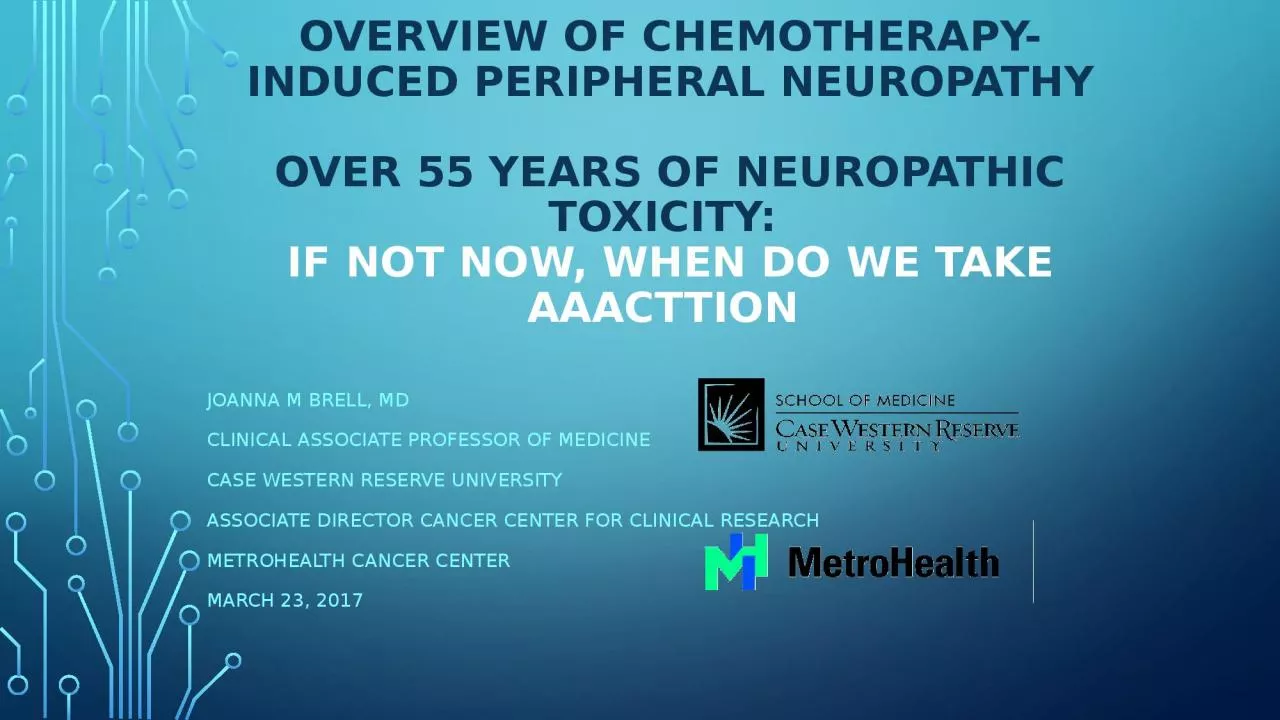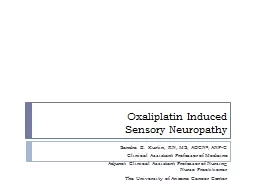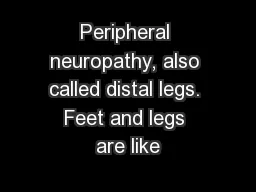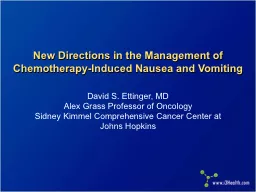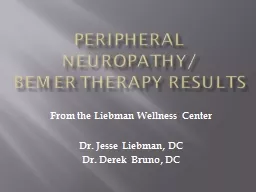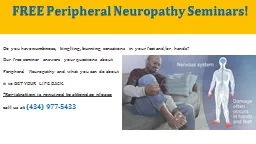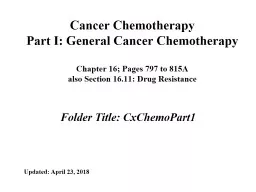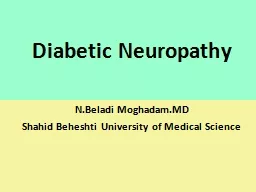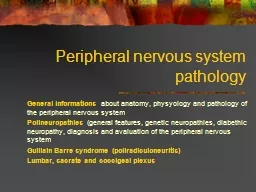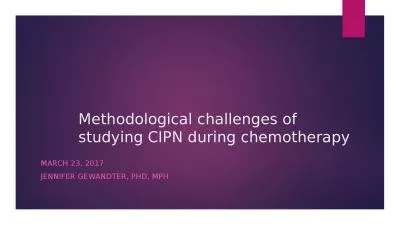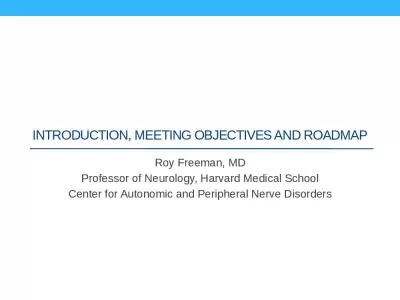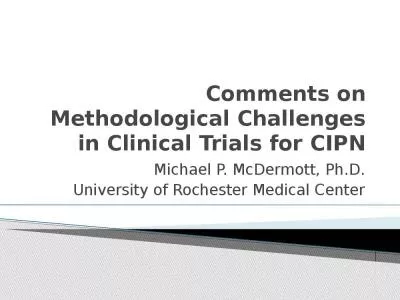PPT-Overview of Chemotherapy-Induced Peripheral Neuropathy
Author : willow | Published Date : 2023-12-30
over 55 years of neuropathic toxicity if not now when do we take aaacttion Joanna M Brell MD Clinical Associate Professor of medicine Case Western Reserve University
Presentation Embed Code
Download Presentation
Download Presentation The PPT/PDF document "Overview of Chemotherapy-Induced Periphe..." is the property of its rightful owner. Permission is granted to download and print the materials on this website for personal, non-commercial use only, and to display it on your personal computer provided you do not modify the materials and that you retain all copyright notices contained in the materials. By downloading content from our website, you accept the terms of this agreement.
Overview of Chemotherapy-Induced Peripheral Neuropathy: Transcript
Download Rules Of Document
"Overview of Chemotherapy-Induced Peripheral Neuropathy"The content belongs to its owner. You may download and print it for personal use, without modification, and keep all copyright notices. By downloading, you agree to these terms.
Related Documents

